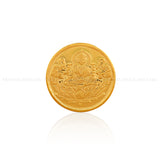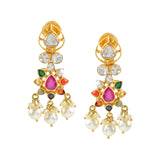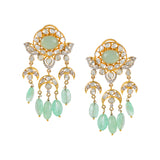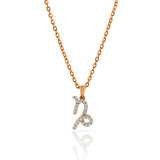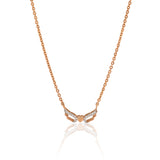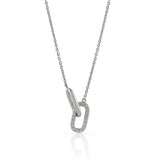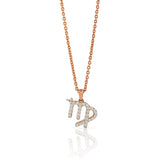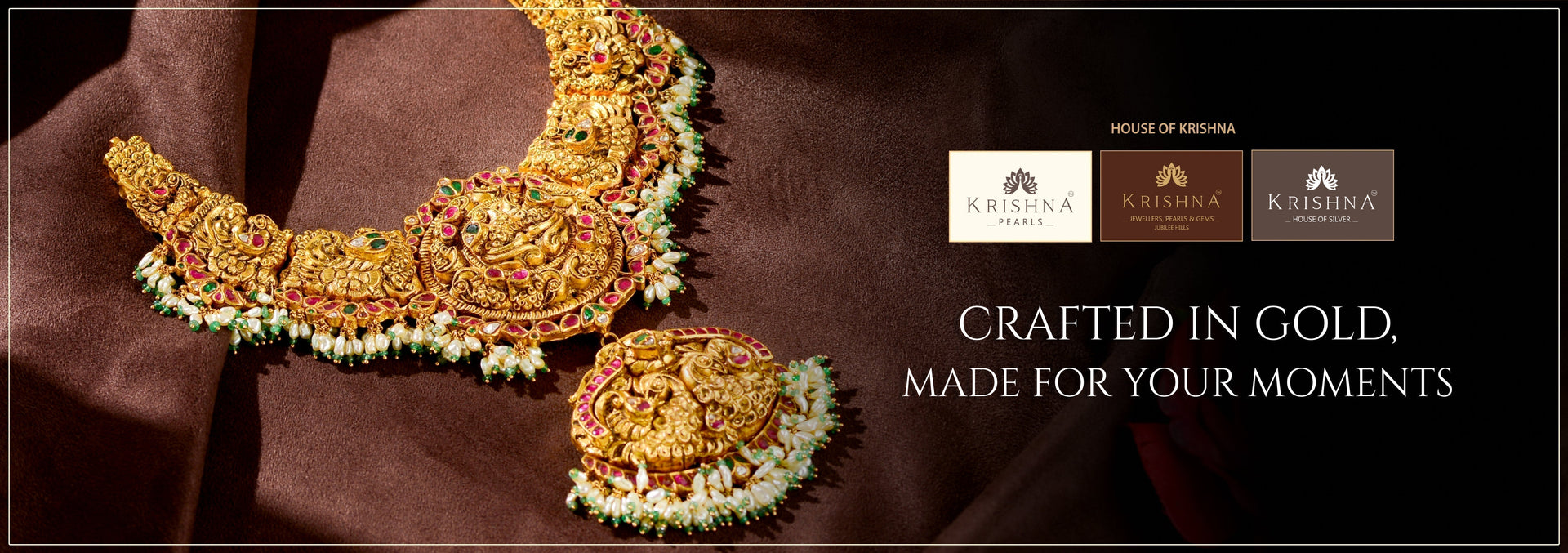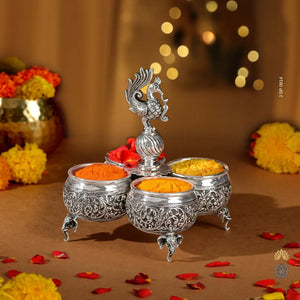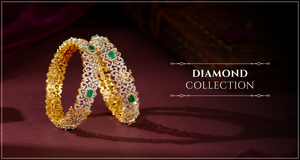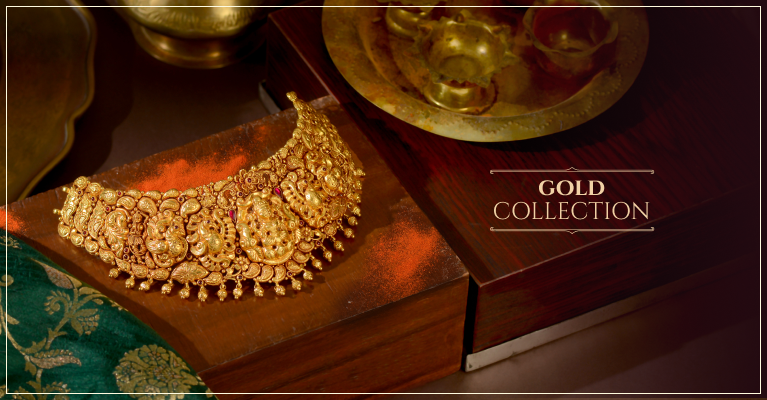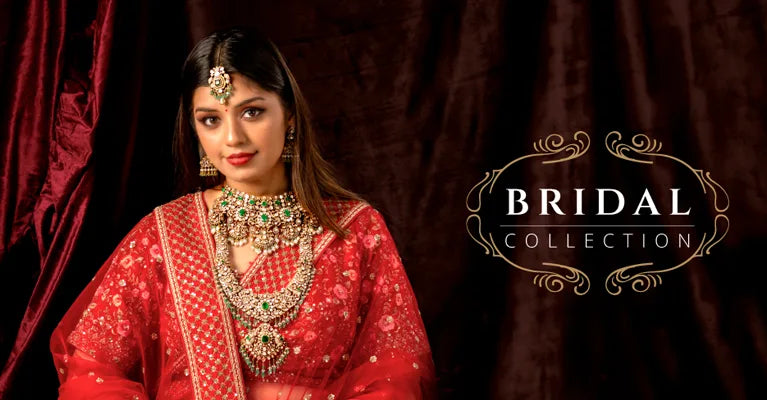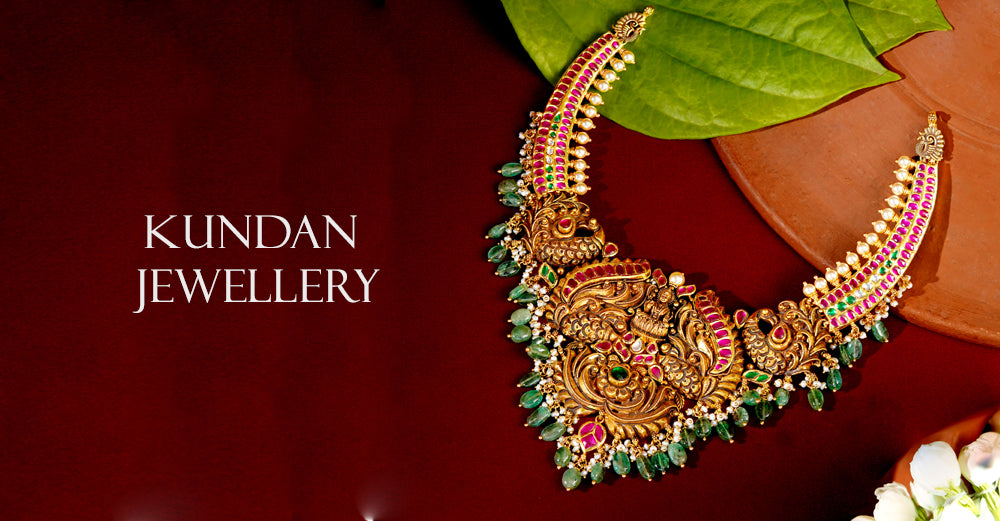
Nakshi jewellery
Nakshi jewellery is a dazzling example of traditional Indian craftsmanship. The term “Nakshi” (in Hindi) means carving and “Nagas” (in Tamil) means intricate / ornamental work. It refers to traditional handcrafted jewellery that depicts divine motifs and images of gods. It has existed from ancient times through the 21st century, stands out for its detailed artistry and timeless appeal. It is popularly used in Kundan jewellery in North India and temple jewellery in South India. These designs aim to resemble stamped work, suitable for weddings and festivals. These are supposed to be loved and handed down via generations, the designs symbolising an unbroken cultural way of life.
Polki Jewellery

Polki jewellery is a remarkable style featuring uncut diamonds with a rough, irregular shape, giving it a unique, earthy charm. Originating from vibrant region of Rajasthan and has fascinated generations with its raw beauty and intricate artistry. The word "polki" comes from Hindi and means "uncut diamond". While the Hindi word “kundan” means highly refined pure gold. The setting usually involves a bezel or a similar method to secure the diamonds without altering their natural form. It is especially favoured for weddings, festivals, and ceremonial occasions.
Kundan jewellery

Kundan jewellery is believed to have its roots in the royal courts of Rajasthan and flourished under Mughal patronage. The Mughal emperors loved luxury and opulence, which is how Kundan jewellery came into being. The word "Kundan" means "pure gold" and refers to the method of setting gemstones in gold. Today, Kundan jewellery is prized for special occasions like weddings and festivals. Modern designers often mix Kundan techniques with new styles, that blends old-world charm with contemporary trends.
Temple Jewellery

Temple Jewellery were made from gold, precious gems and metals offered to the deities in temples across southern India. Later, temple dancers started recreating and wearing these jewelleries on stage. The pieces seek inspiration from gods, temple art and divine figurines in their most basic form and techniques used like caving designs into the gold and hammering designs from the back to create detailed images of god. Originally worn by temple priests and dancers for religious rituals, this jewellery is worn by people during weddings, festivals, and other significant occasions, reflecting its continued importance and elegance.
Jadau Jewellery

Jadau Jewellery is one of the oldest and unique Indian jewellery styles introduced by the Mughals and popularized by Gujarati and Rajasthani artisans. The term "Jad" means "to embed," as it involves setting precious stones into gold without modify them. Jadau jewelry starts with a high-quality gold base, carefully shaped by artisans to hold uncut gemstones like diamonds, emeralds, and rubies. The stones are set in their natural form, adding uniqueness. Artisans also use engraving and enamel to make the designs colourful and detailed. Jadau are great for weddings and festivals, thanks to its beautiful designs. It’s also perfect for religious ceremonies and special events.
Visit Krishna Jewellers Pearls and Gems Jubileehills/Kokapet
Contact Us : 8499011111

